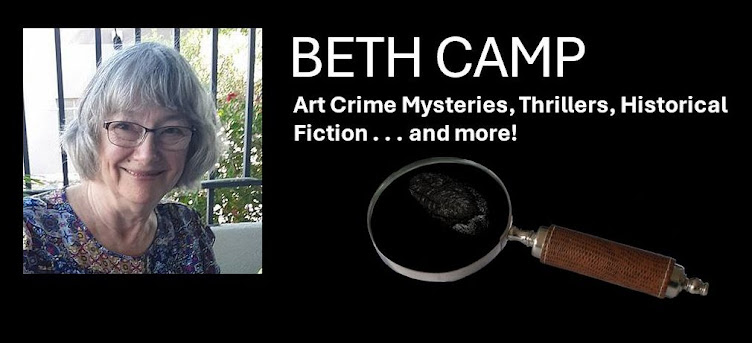For writers of historical fiction, creating a sense of time and place are crucial in building story. So, in the quest for 'truthiness', a term coined by Steven Colbert, what writers call verisimilitude (actually 'truthiness' is not quite what writers use in their quest for authenticity or fictional truth), but here's one technique I use when I'm stuck.
A table.
I build a two-column table in Word and jump onto the internet to search for images specifically for a particular place. I copy and paste images that tell me something about this place into column 1 and the URL and my reactions and notes into column 2. Note, I'm not violating any copyright because I'm borrowing these images for research purposes.
Here's an example. When Mac and Deidre's ship, the Brilliant, founders just south of Hobart Town in Van Diemen's Land in 1841, I learned that most wrecks occurred in Bass Strait, north of Tasmania. But one truly spectacular wreck took place just outside Snug Harbour in the 1830's. So I placed my wreck there and wrote my scene. But did they scramble over rocks or sand? Were there sand dunes? How high?
I know from my research that a whaling station was nearby (crucial for rescue), but did a road run inland from Snug Harbour to Hobart Town in the 1840's? I found there was a track, but the whalers were pretty isolated, getting supplies every several weeks. So if the whalers were to help in the rescue, that would occur by small boat. Would they go to Hobart Town or nearby Sandy Bay (because they were transporting prisoners).
Now, what did Sandy Bay look like? What could my characters see once they landed? Since I haven't yet visited Tasmania, the distance being a little over 8,000 miles from my home in the Pacific Northwest, and while maps can tell me something (I use Google or Yahoo maps), image is everything.
What did I find on internet? That the most beautiful, wild cliffs border the ocean along the southeastern coast of Tasmania and that my characters can see Mount Wellington from Sandy Bay on a clear day.
 |
| View of Mount Wellington and the Derwent River (Wiki Commons) |
How to save a picture from the internet for research purposes:
1. Open your word file (or word processing).
2. Open your internet browser (two windows open at the same time).
3. Find your image on internet.
4. Right click on the image. A menu will pop up. From here you can copy the image and copy the URL. 5. Move to your Word file. Paste the image and URL. Write notes like mad.
What strategies do you use to bring 'truthiness' to your writing.

Excellent post! This is another great way to use Evernote. You can also save pictures in Scrivener.
ReplyDeleteAha! Another Scrivener user. I will check out Evernote. Thank you for visiting. I think Pin It could also be used this way. Thank YOU for visiting.
DeleteI do that in Scrivener. I have a folder in my research file that I labled visual inspiration. It includes what the characters look like, the street they live on, where they travel etc.
ReplyDeleteThank you, Rebeca, for visiting and commenting. I've tried Scrivener 3 times now and just can't get it to work for me. But I really like your idea about building a folder for 'visual inspiration.' Perhaps many writers are drawn to the visual as we work so hard to recreate a sense of reality or authenticity.
ReplyDeleteI like your idea of using two columns in word. In my latest book, Vidal's Honor, I set it in Spain starting on the day of the battle of Salamanca. So I did much the same as you did, but copied any pictures into a folder. Adding notes to each pic is a brilliant idea.
ReplyDeleteSomething else I used, which may help, is google earth. You can use it to take you back to study the topograrphy of the time you're writing about. I found that very useful for determining which paths and roads were there and if they'd been changed.
My Greatx3 grandfather lived in Hobart T.